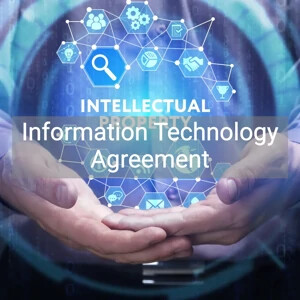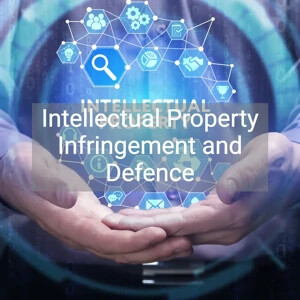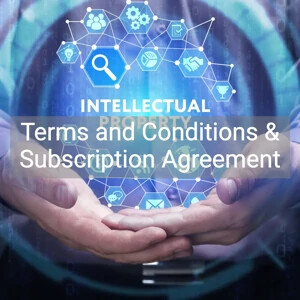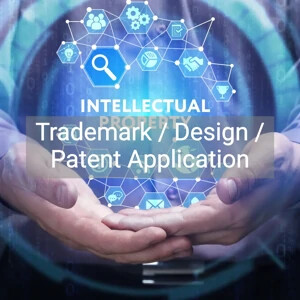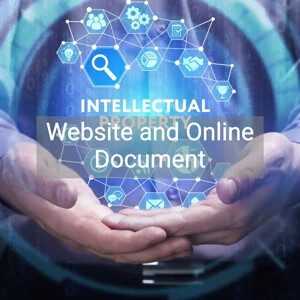Information Technology Agreement


Information technology ("IT") agreements are contracts related to information technology assets, including software services, subscription and hosting agreements. There are practical legal implications if the agreements are not properly drafted. We aim to provide guidance on key elements on the negotiations and entering into information technology contracts.
There are numerous types of IT transactions, as well as the agreements/products involved in information technology transactions. The continuous development of e-commerce, technological innovation, and the ongoing need for companies to update, maintain or update existing technology solutions and also the underlying agreements.
Most IT suppliers and service providers would provide their customers with their standard contracts or terms and conditions. Some suppliers provide standard specifications and there is no room for negotiation. However, they are not set in stone and should be open for negotiation by the customers, in particular the accuracy of the IT product or service specifications.
1. IT Product or Service Specifications
This is often the most important and least legalistic part of the agreement, yet most people do not read it. Please ensure that the specifications include the technology and services you want, specify what the services would do or function of the technology. The language should be clear and unambiguous. This will also have an effect on the warranty as well, because the warranty promises that the technology will work, if the scope of coverage is unclear, then the warranty becomes meaningless. The same goes for maintenance and acceptance clauses, which indicate that the vendor will repair software or deliverables that are not working.
For customised solutions, the agreement should specify the customised features and functions. If it is an off-the-shelf product, then check if the supplier's standard specifications can meet the customer's requirements. If a certain product or service features have not been included, add and describe them clearly. If your description requires technical details, one may need to get an IT expert to help.
2. Data Security
Most non-disclosure agreements (NDAs) or confidentiality clauses are to protect trade secrets, business plans, customer lists, source code, but not data held or accessed by the IT service provider, nor private or personal data. They are insufficient for IT service agreements.
Additional data security provisions or clauses are required to cover the process of protecting data: encryption, passwords, dual control restrictions, physical protection of the server, etc. Many data clauses also require employee background checks, data breach responses and notifications, and perhaps most importantly, external audits of data security. In addition, the data clause should address compliance with legal and privacy policies, as well as e-discovery policies that cover when and how a supplier provides data to another party in a lawsuit.
3. Maintenance and Support
Maintenance and support are very expensive and should only charge or pay for after the service or the expiration of the warranty.
In relation to software, there should be no need for maintenance until customisation/implementation. If updates or upgrades are available, the vendor's team can install them as part of the customisation.
4. Intellectual Property
Intellectual property (IP) rights often go hand in hand with IT agreements. In many IT agreements, suppliers or service providers would compensate their customers for any IP claims related to the supplier's technology. If the customer is sued by a third party for IP infringement from the use of the supplier's technology, the supplier will indemnify the customer for any legal costs to defend a patent, copyright, or trade secret, as well as any settlement or judgment. However, one should look out for any exemptions or exceptions to these types of indemnities.
For example, a typical exception is that the supplier does not need to compensate for a lawsuit when the supplier's technology is used with other hardware or software not provided by the supplier. As most hardware or software can only be used when combined with a third-party product: computer, operating system (OS), office system, other applications, etc. If the customer uses vendor technology to operate the system, such as an operating system or browser, then arguably the customer may not be able to claim compensation under the indemnity. Another common exception is that the supplier is not responsible for claims arising from suppliers' modifications of the technology in accordance with the customer's specifications. Most customers would try and give instructions when customising technology for their use, and this again would neutralise the effect of the indemnity.
For other IP licenses and IP agreements, please refer to the category on IP documents.
Not the right document?
Don’t worry, we have thousands of documents for you to choose from:

10 Jun 2022
6 min read
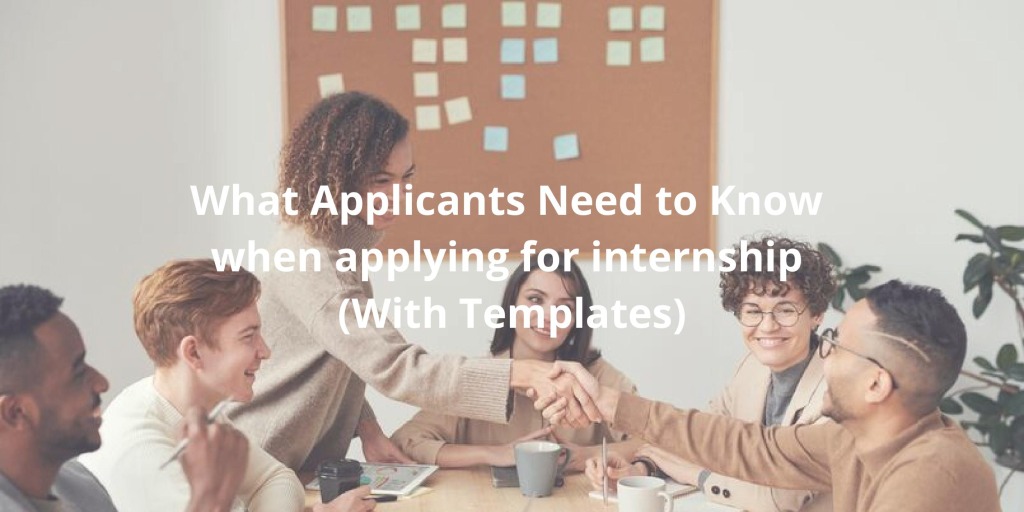
2 Jun 2022
6 min read
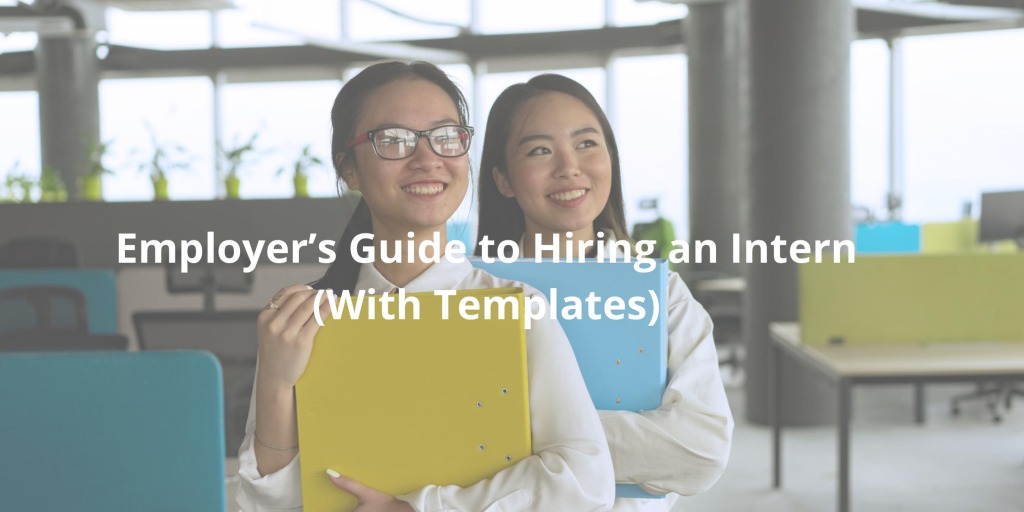
27 May 2022
6 min read

20 May 2022
6 min read
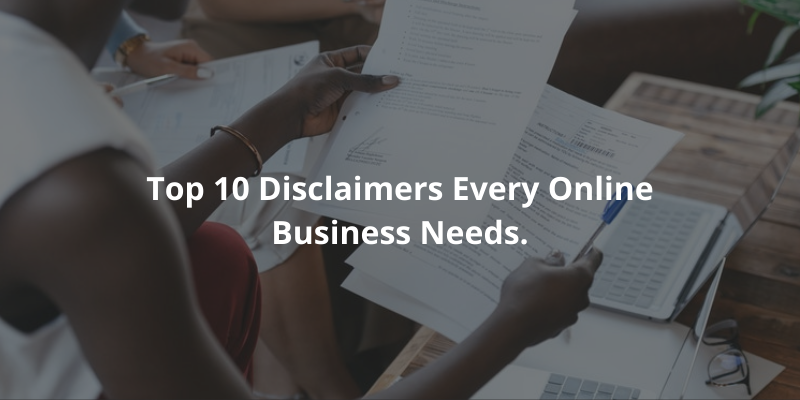
9 May 2022
6 min read
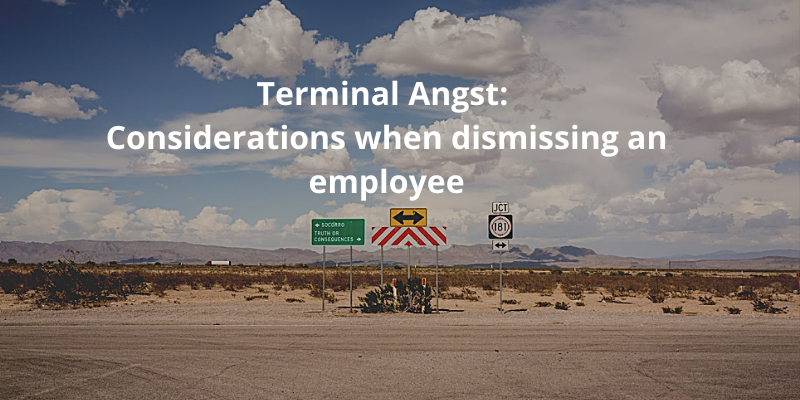
3 May 2022
3 min read
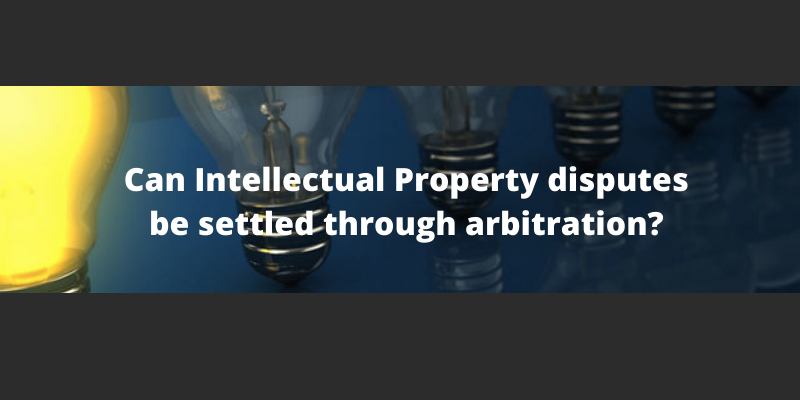
25 Apr 2022
5 min read

31 Mar 2022
1 min read

29 Mar 2022
1 min read
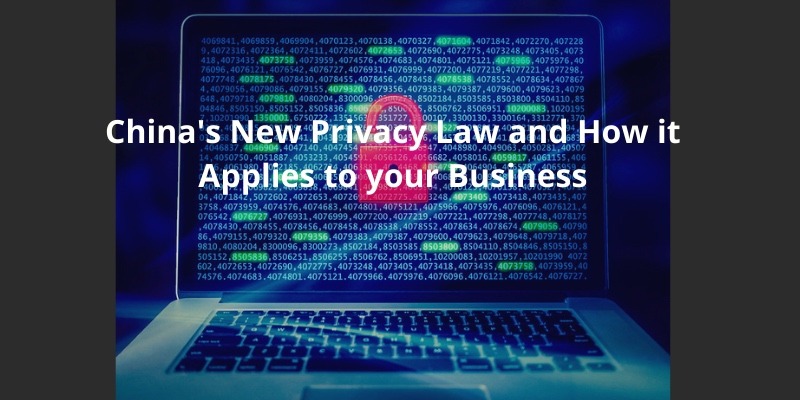
20 Mar 2022
6 min read

12 Mar 2022
5 min read
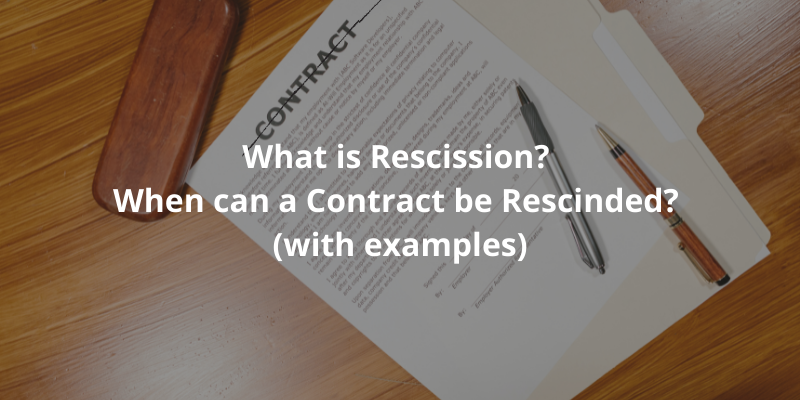
21 Feb 2022
5 min read

31 Jan 2022
5 min read
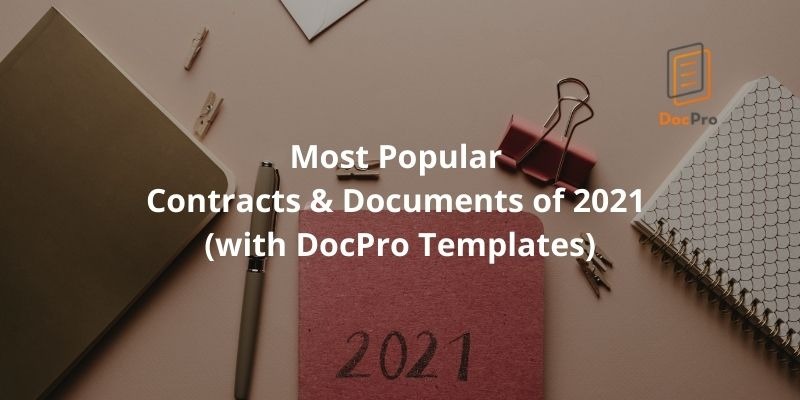
13 Jan 2022
4 min read
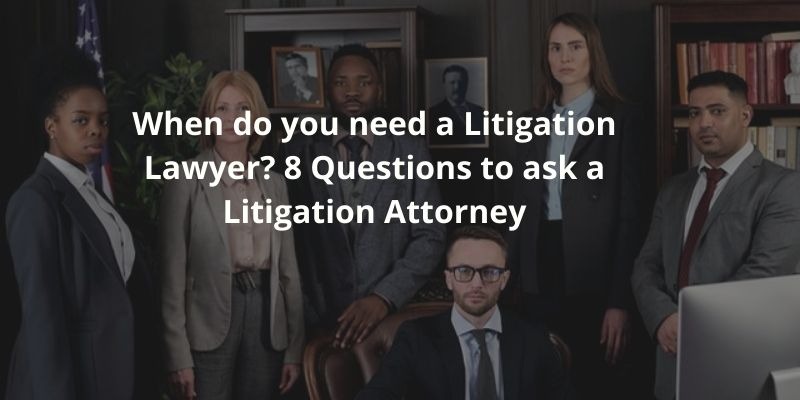
3 Jan 2022
5 min read
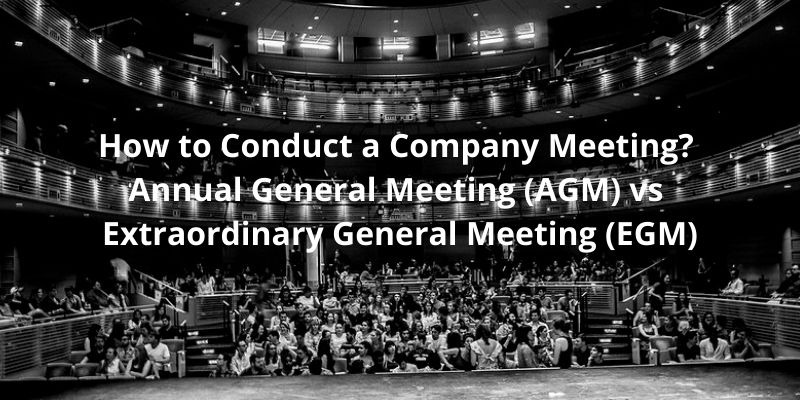
7 Dec 2021
11 min read
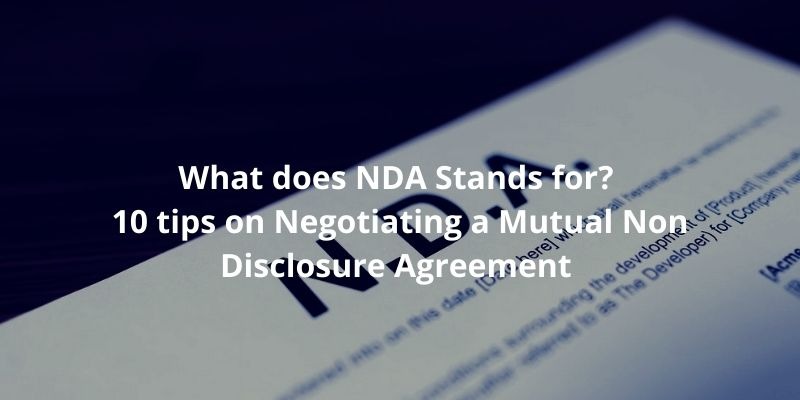
14 Nov 2021
6 min read
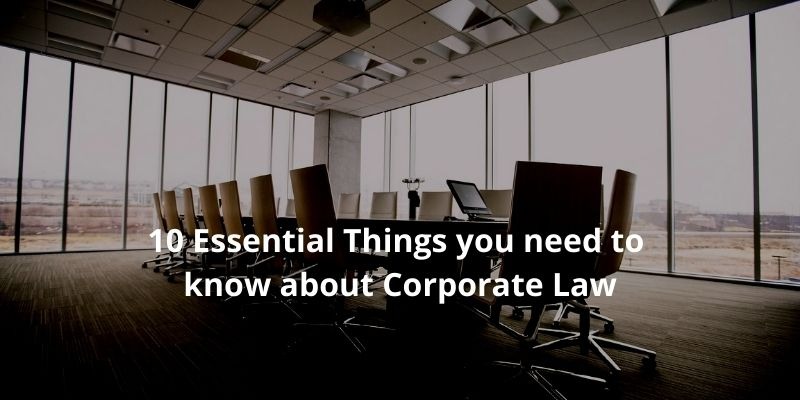
1 Nov 2021
9 min read
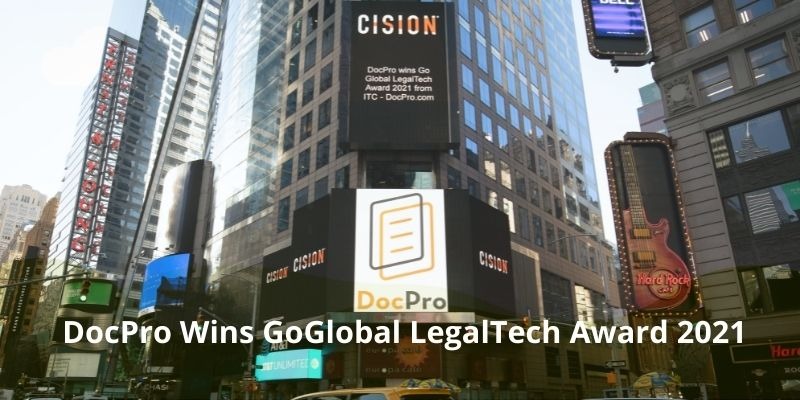
21 Oct 2021
1 min read

17 Oct 2021
7 min read
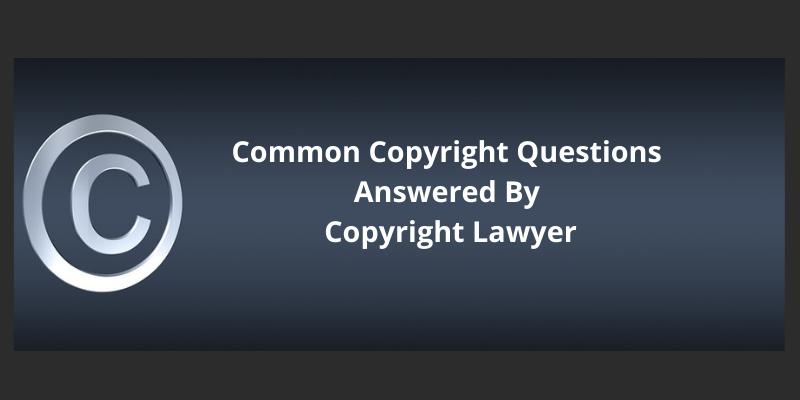
7 Oct 2021
12 min read
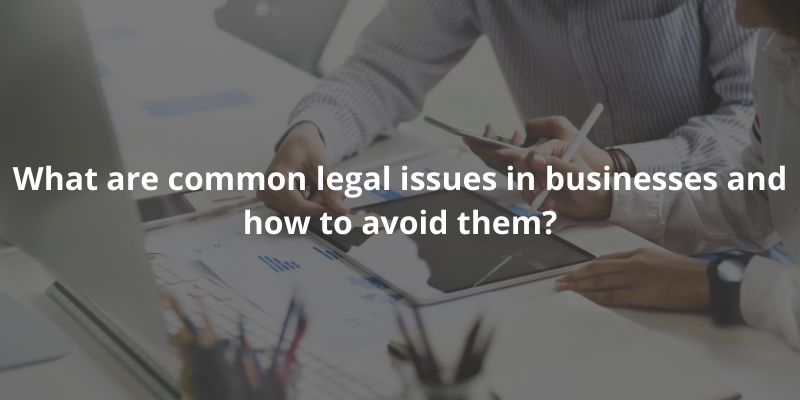
16 Sep 2021
4 min read
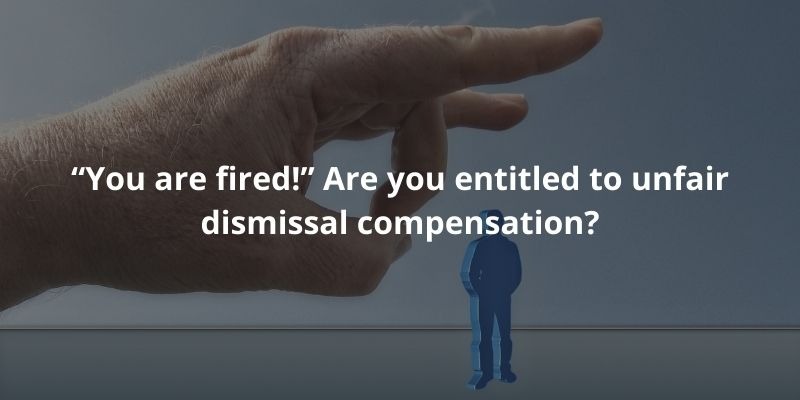
14 Sep 2021
5 min read
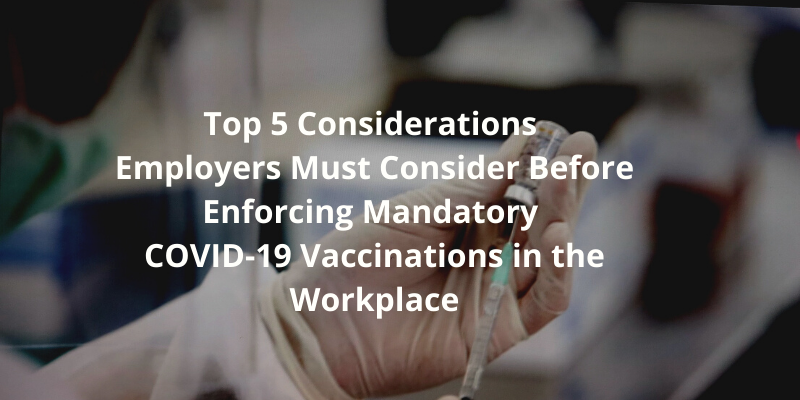
10 Sep 2021
3 min read

31 Aug 2021
4 min read
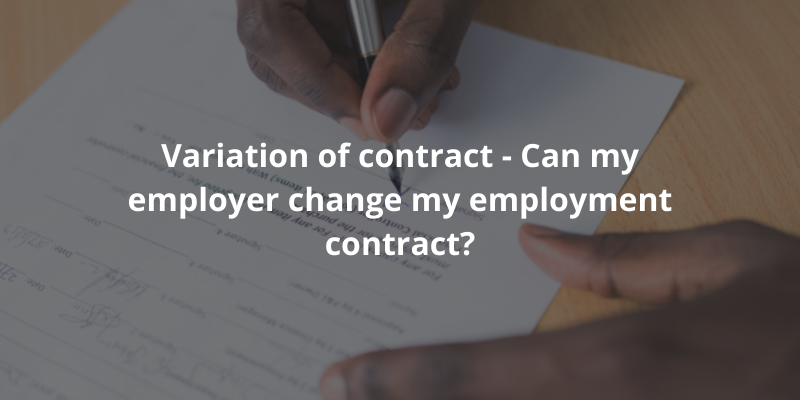
23 Aug 2021
3 min read
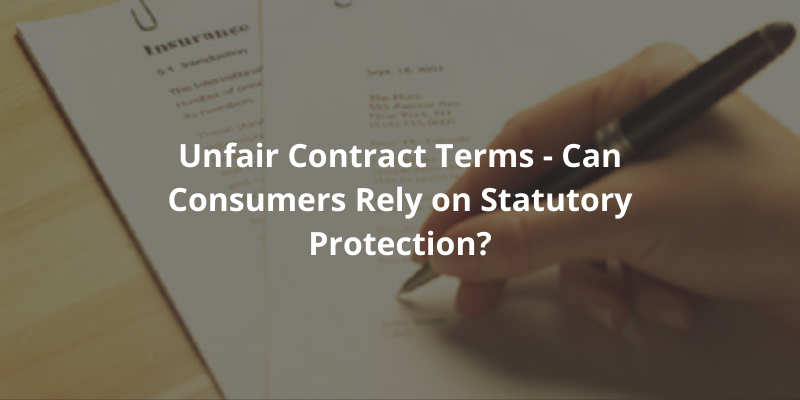
16 Aug 2021
5 min read

30 Jul 2021
6 min read
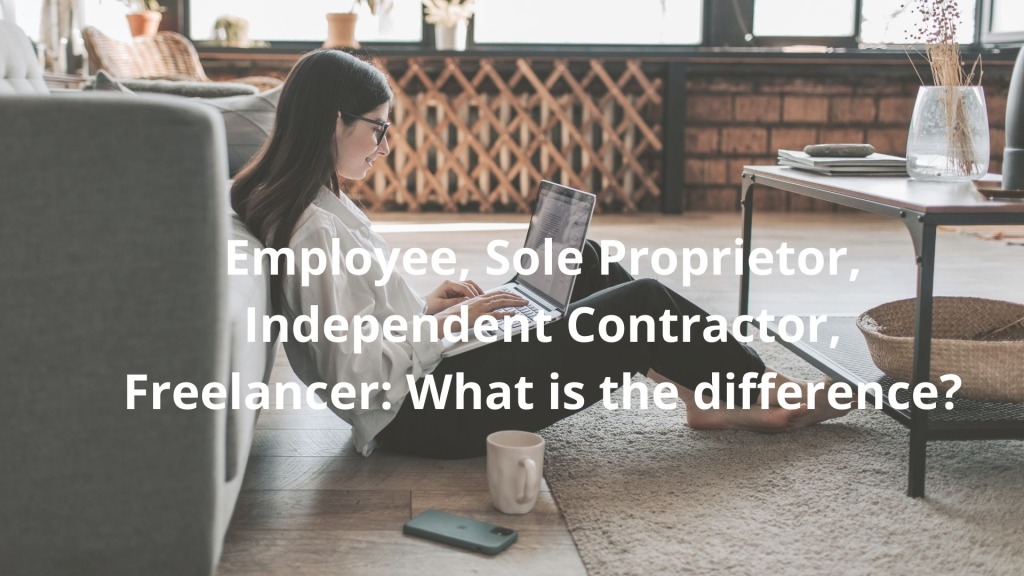
23 Jul 2021
7 min read
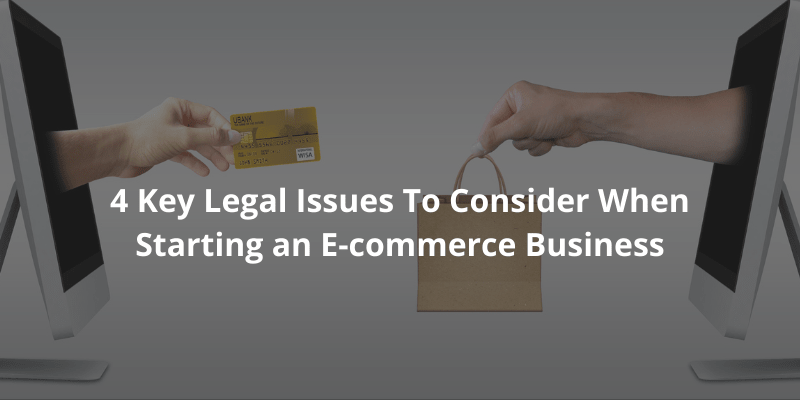
13 Jul 2021
5 min read
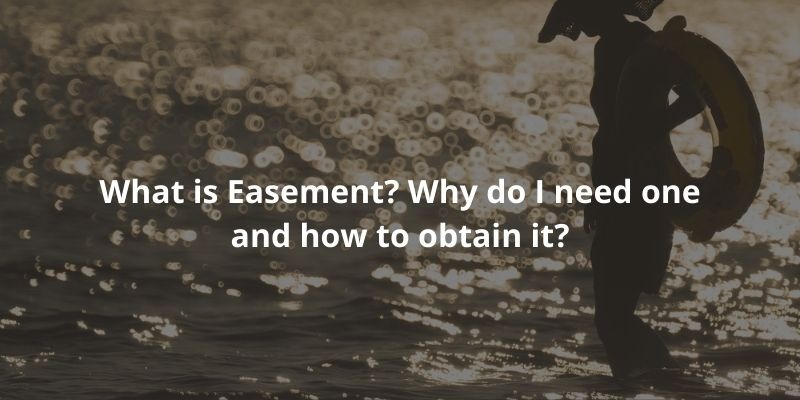
2 Jul 2021
5 min read
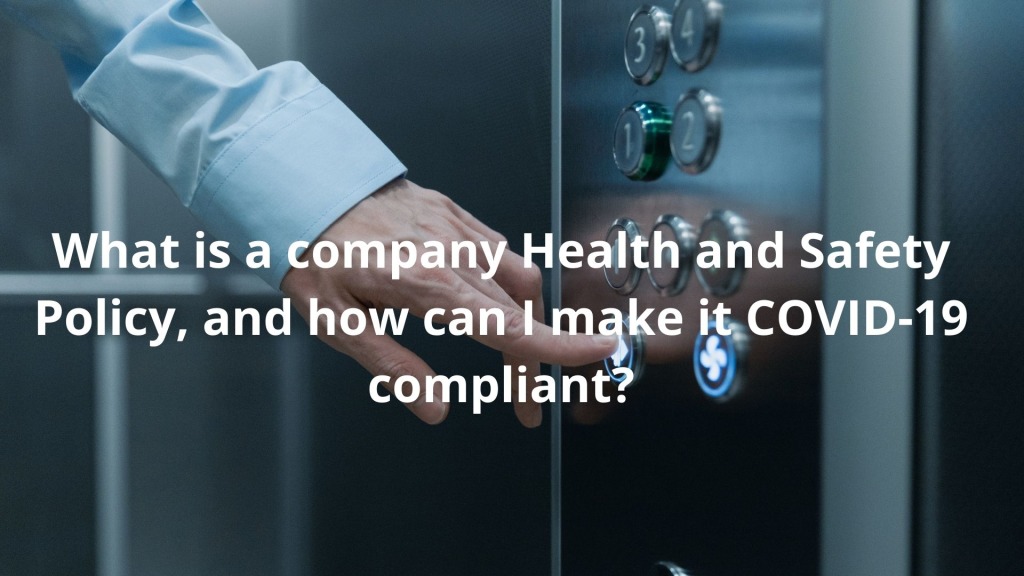
24 Jun 2021
5 min read

15 Jun 2021
4 min read
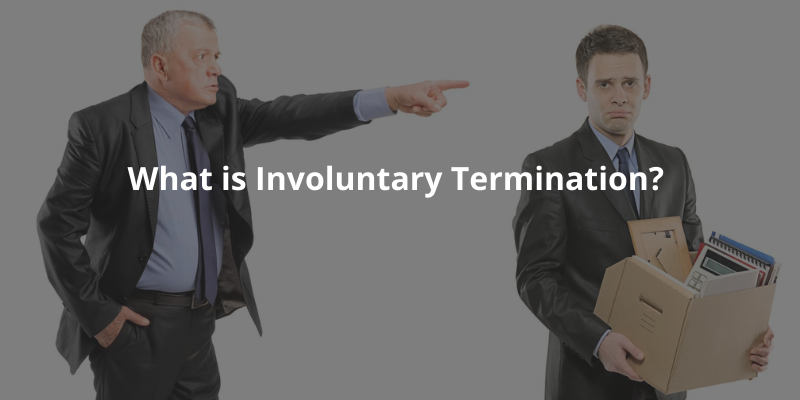
4 Jun 2021
6 min read
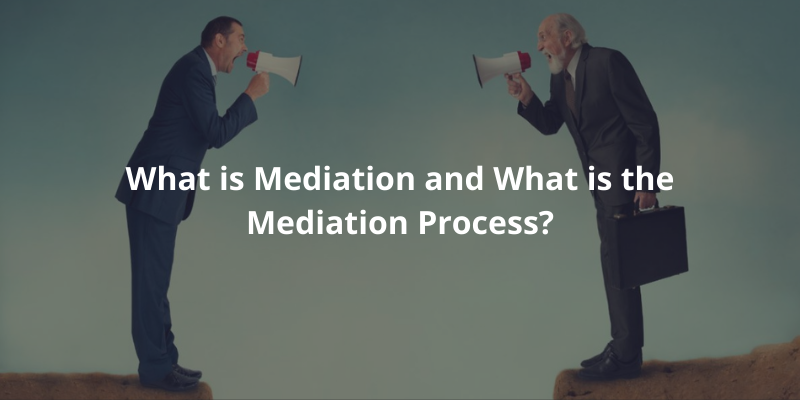
28 May 2021
5 min read
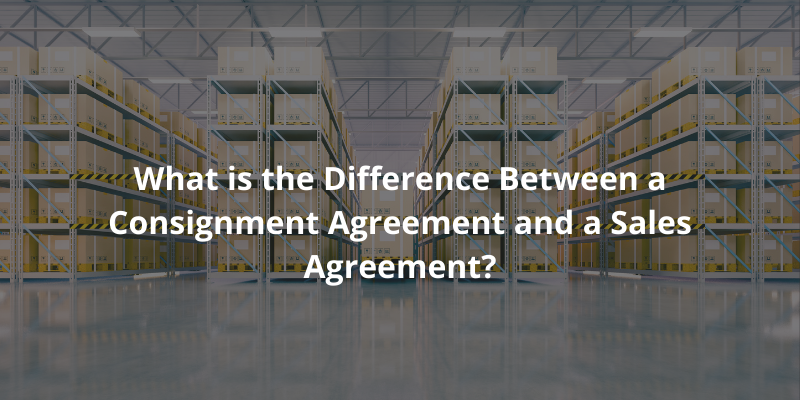
21 May 2021
5 min read

14 May 2021
5 min read

7 May 2021
5 min read

30 Apr 2021
5 min read
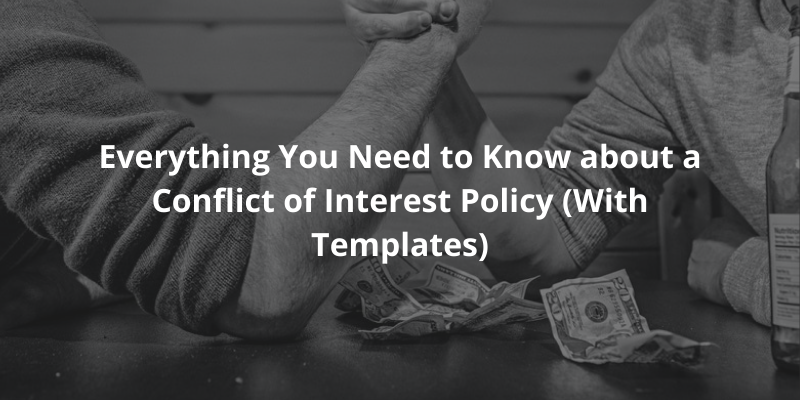
23 Apr 2021
5 min read

16 Apr 2021
5 min read
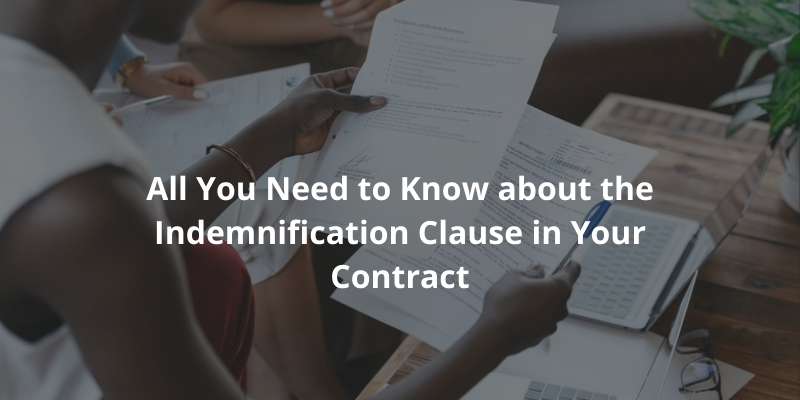
9 Apr 2021
5 min read

1 Apr 2021
5 min read

26 Mar 2021
4 min read

19 Mar 2021
5 min read

12 Mar 2021
5 min read

5 Mar 2021
6 min read
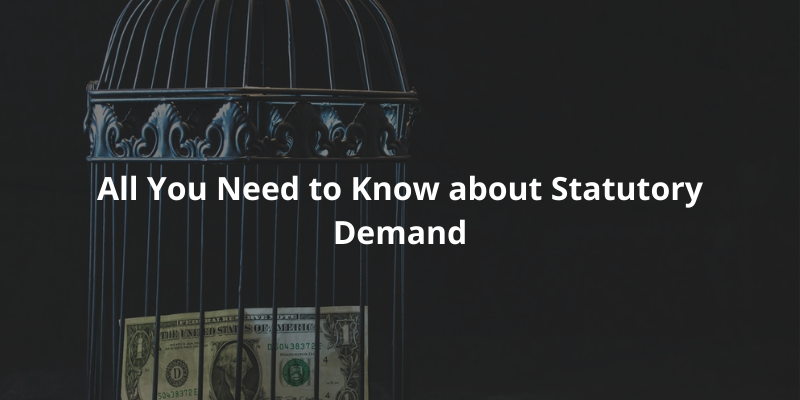
26 Feb 2021
5 min read

19 Feb 2021
6 min read
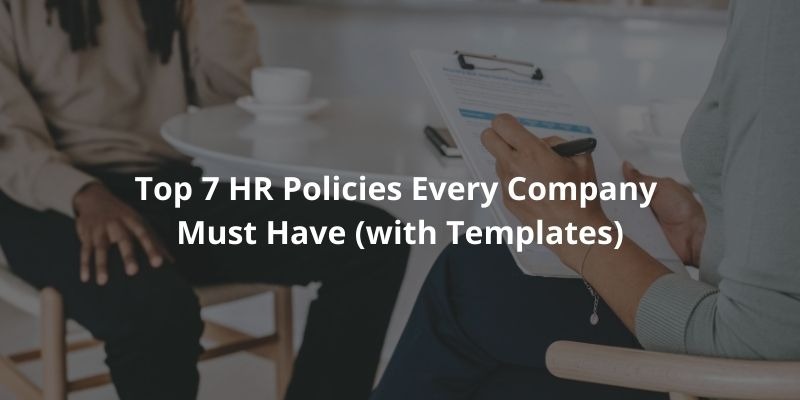
11 Feb 2021
5 min read

29 Jan 2021
6 min read
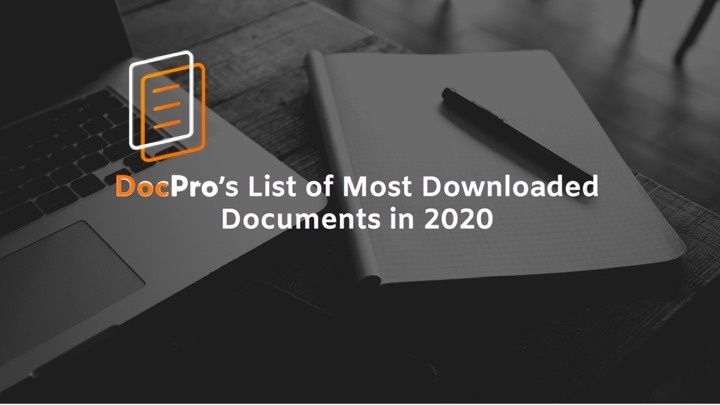
29 Jan 2021
3 min read

22 Jan 2021
6 min read
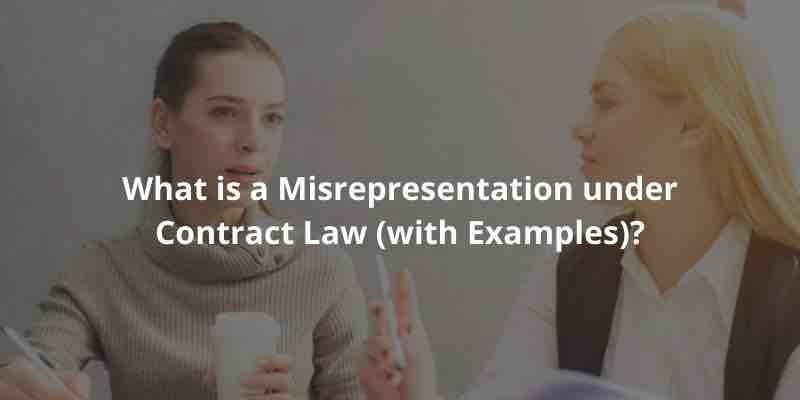
15 Jan 2021
6 min read

8 Jan 2021
6 min read
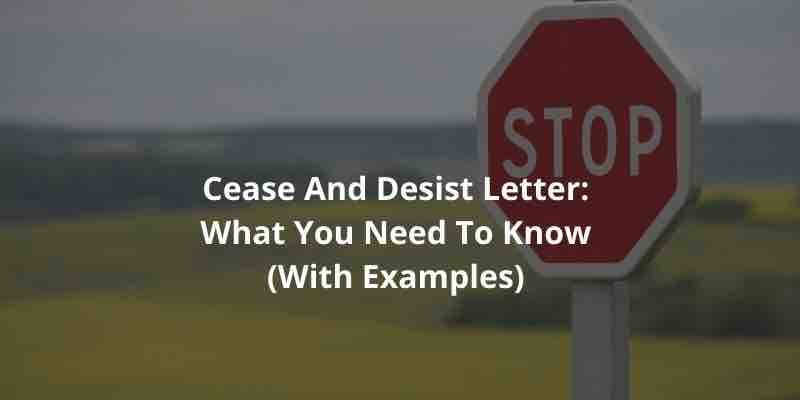
31 Dec 2020
6 min read
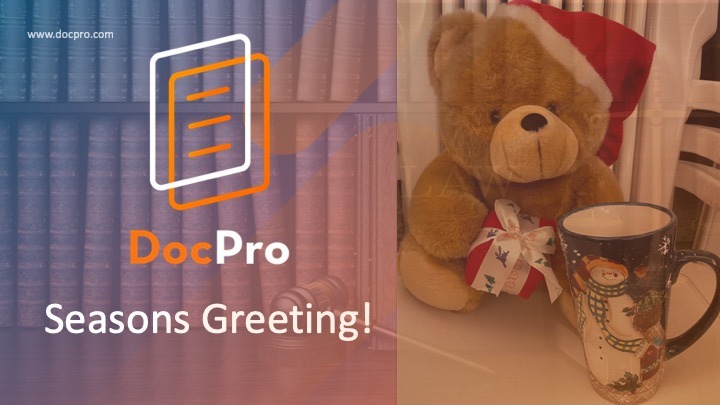
24 Dec 2020
0 min read

24 Dec 2020
7 min read

18 Dec 2020
6 min read

11 Dec 2020
6 min read

4 Dec 2020
6 min read
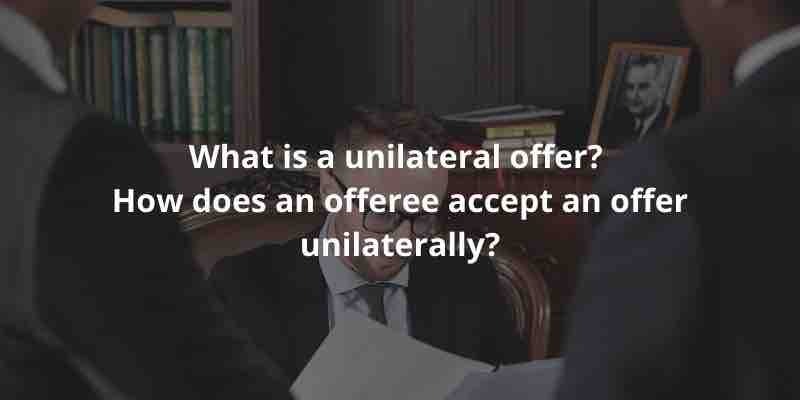
27 Nov 2020
6 min read
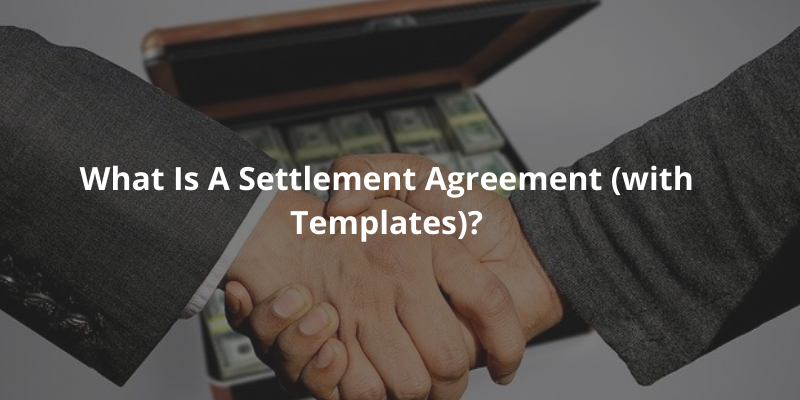
27 Nov 2020
7 min read

22 Nov 2020
7 min read
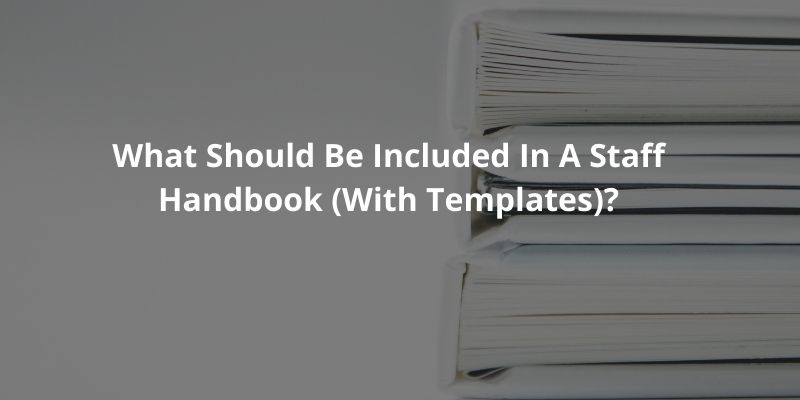
13 Nov 2020
8 min read
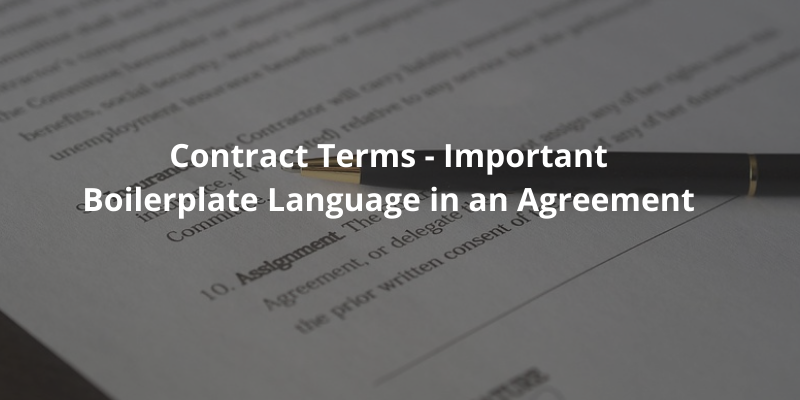
12 Nov 2020
8 min read
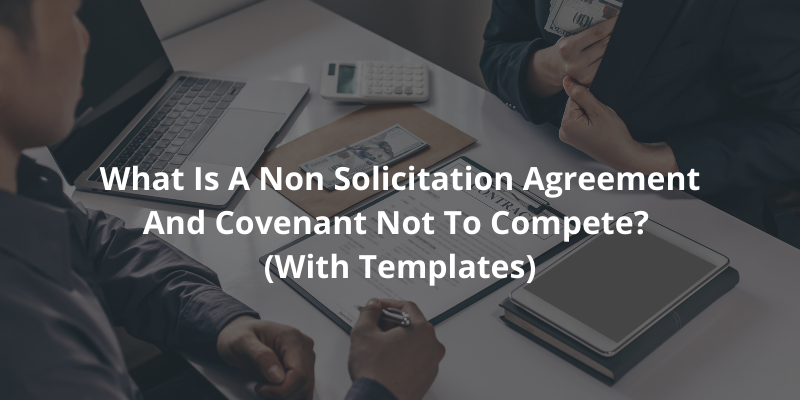
7 Nov 2020
8 min read
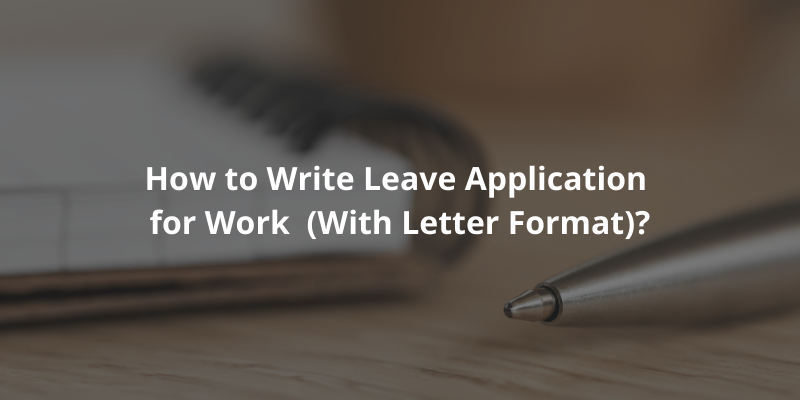
5 Nov 2020
6 min read

30 Oct 2020
7 min read
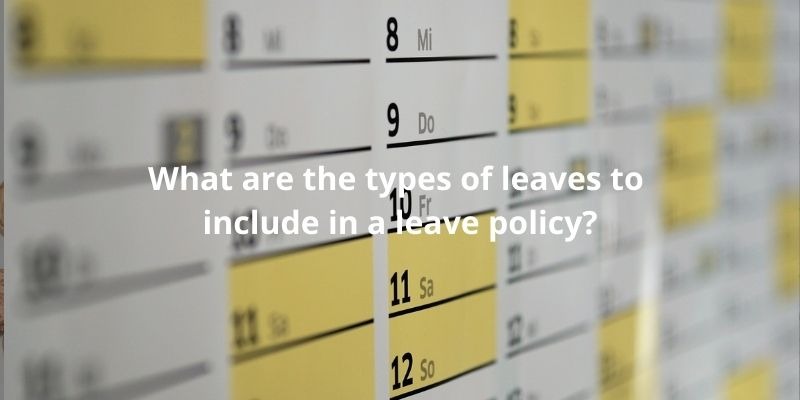
29 Oct 2020
8 min read

23 Oct 2020
7 min read
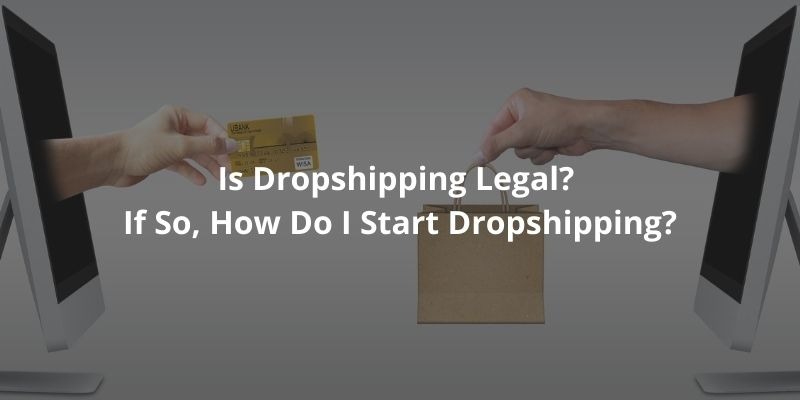
19 Oct 2020
8 min read
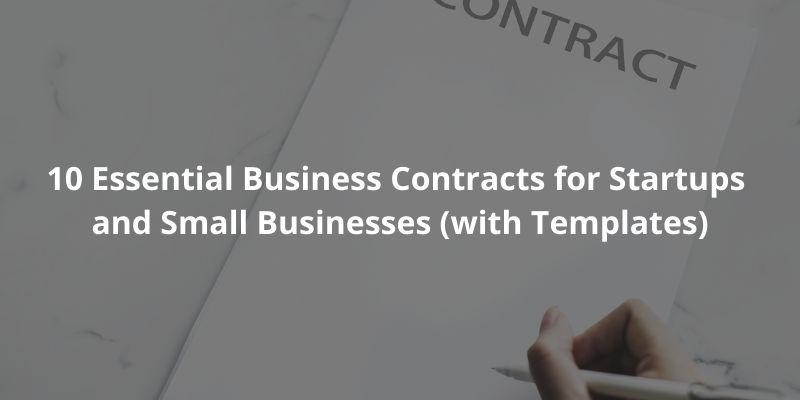
16 Oct 2020
10 min read
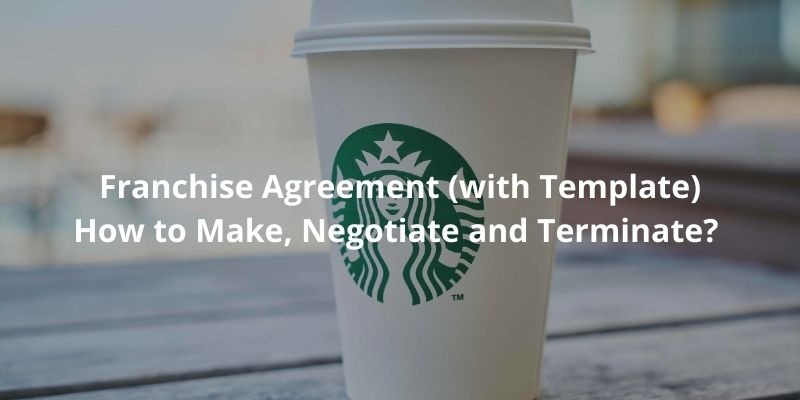
7 Oct 2020
9 min read

28 Sep 2020
8 min read

18 Sep 2020
7 min read
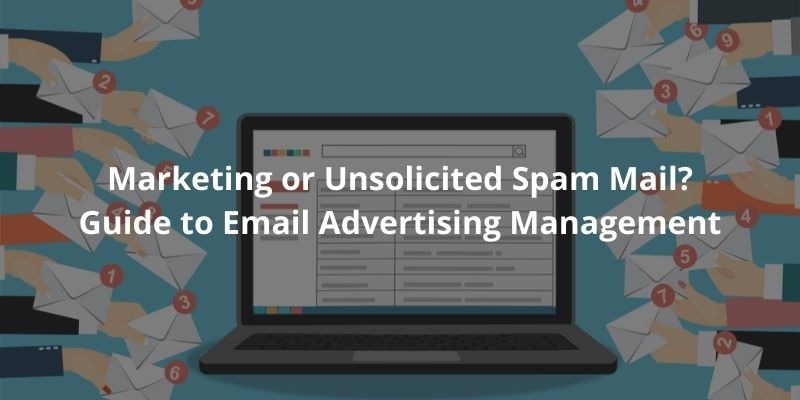
9 Sep 2020
7 min read

3 Sep 2020
7 min read

27 Aug 2020
8 min read
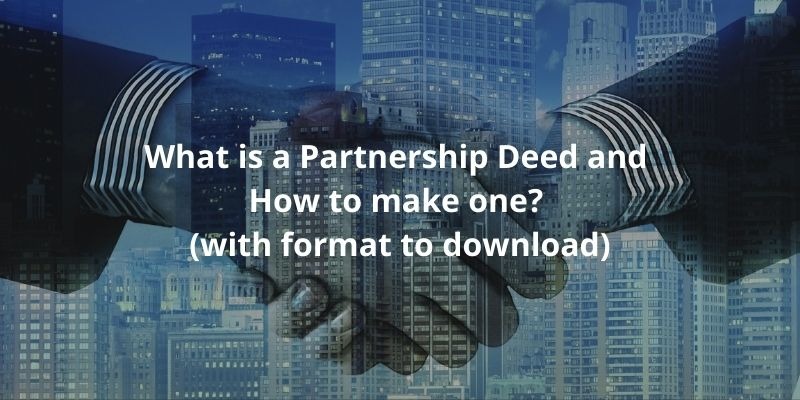
27 Aug 2020
9 min read

19 Aug 2020
8 min read

17 Aug 2020
8 min read

11 Aug 2020
8 min read
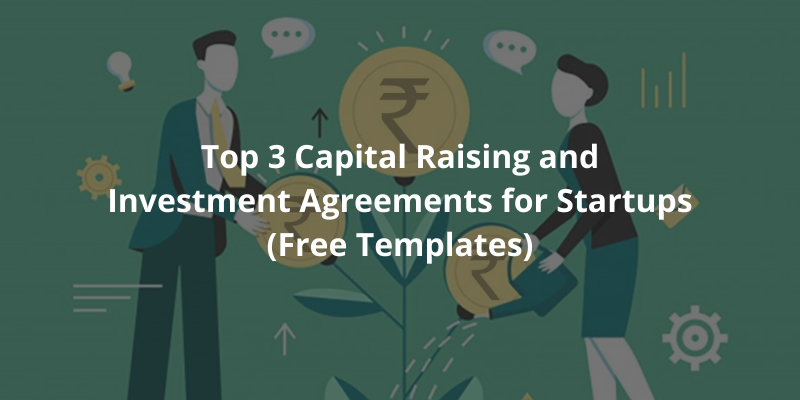
11 Aug 2020
8 min read

10 Aug 2020
11 min read

10 Aug 2020
9 min read

7 Aug 2020
9 min read

4 Aug 2020
9 min read
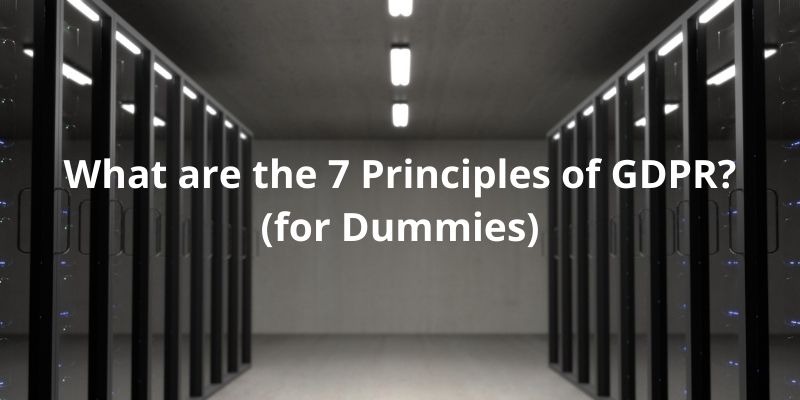
3 Aug 2020
10 min read

23 Jul 2020
8 min read

23 Jul 2020
8 min read

12 Jul 2020
8 min read

5 Jul 2020
7 min read
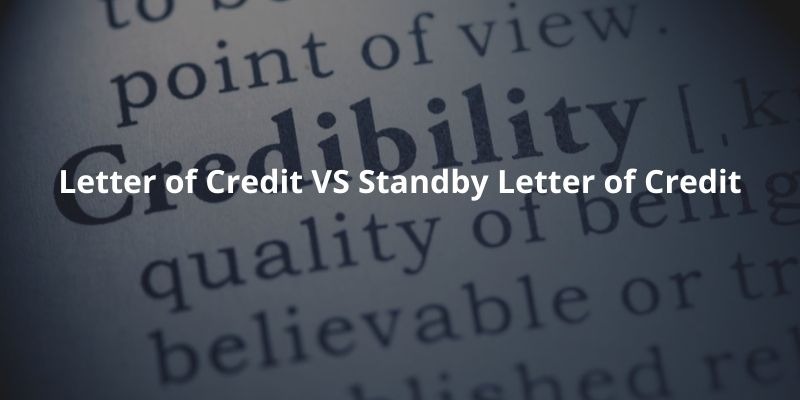
25 Jun 2020
7 min read

12 Jun 2020
9 min read
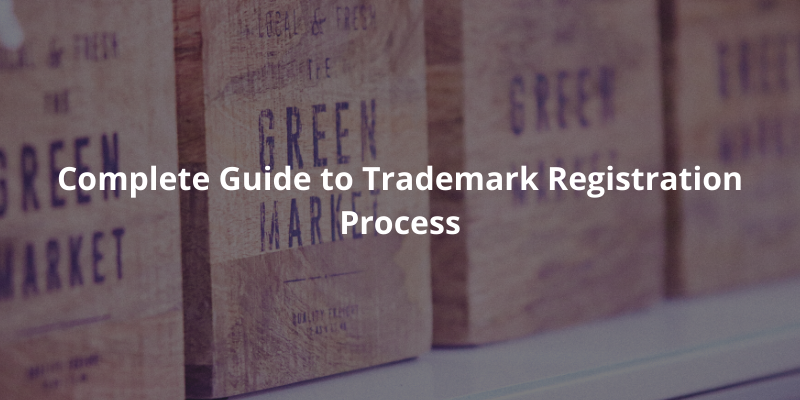
11 Jun 2020
9 min read
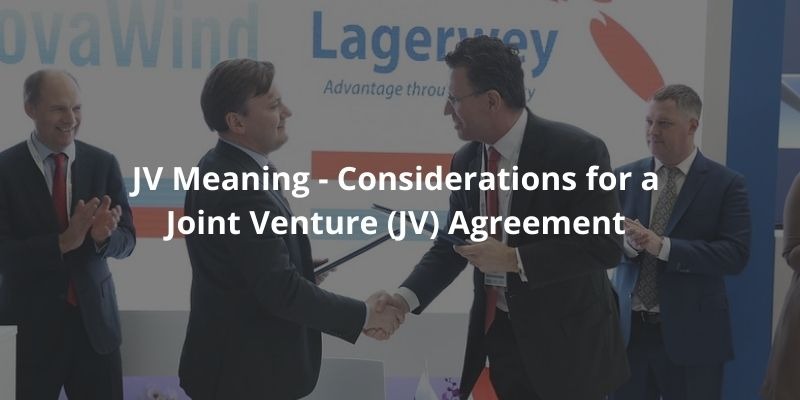
9 Jun 2020
9 min read

8 Jun 2020
8 min read
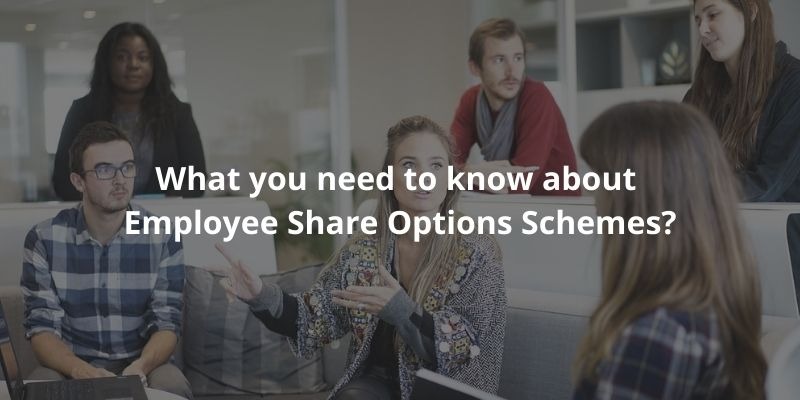
4 Jun 2020
5 min read
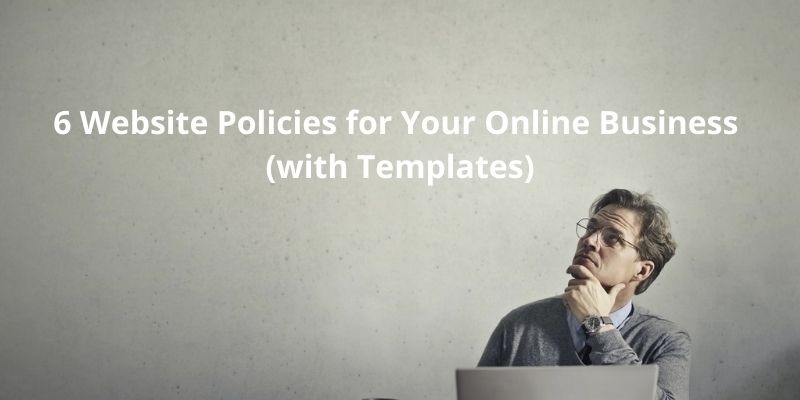
4 Jun 2020
8 min read
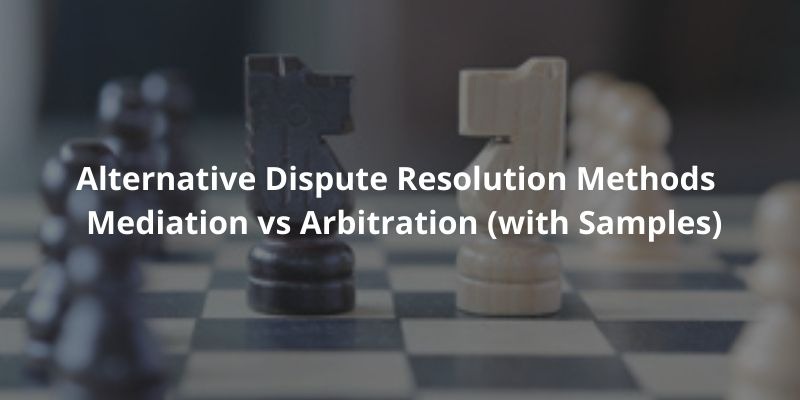
2 Jun 2020
10 min read
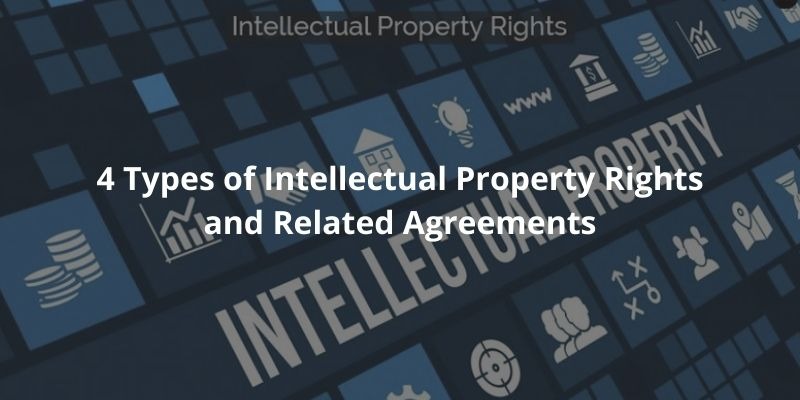
28 May 2020
13 min read

25 May 2020
8 min read

1 May 2020
10 min read
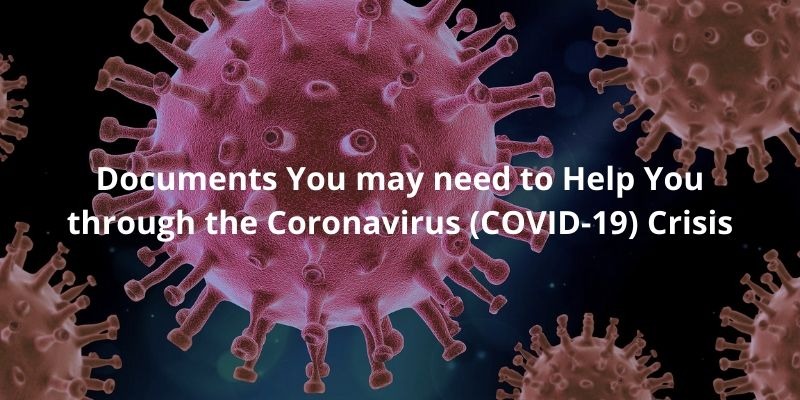
1 Apr 2020
6 min read

1 Mar 2020
11 min read
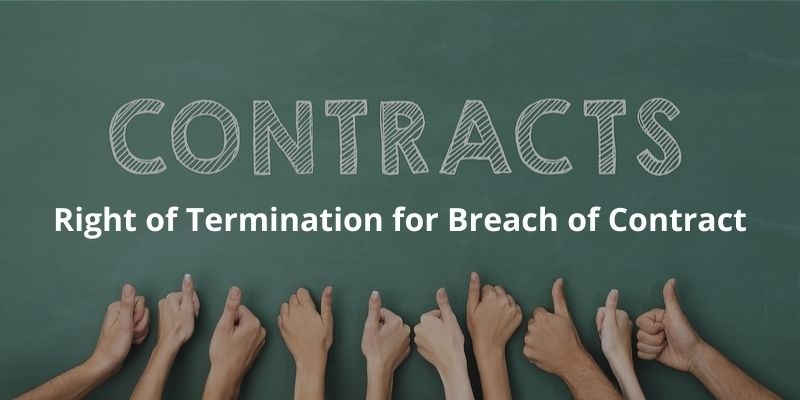
1 Feb 2020
11 min read
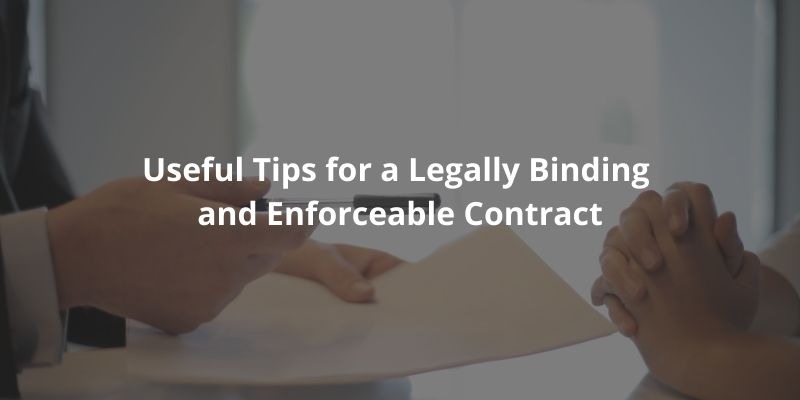
8 Jan 2020
9 min read
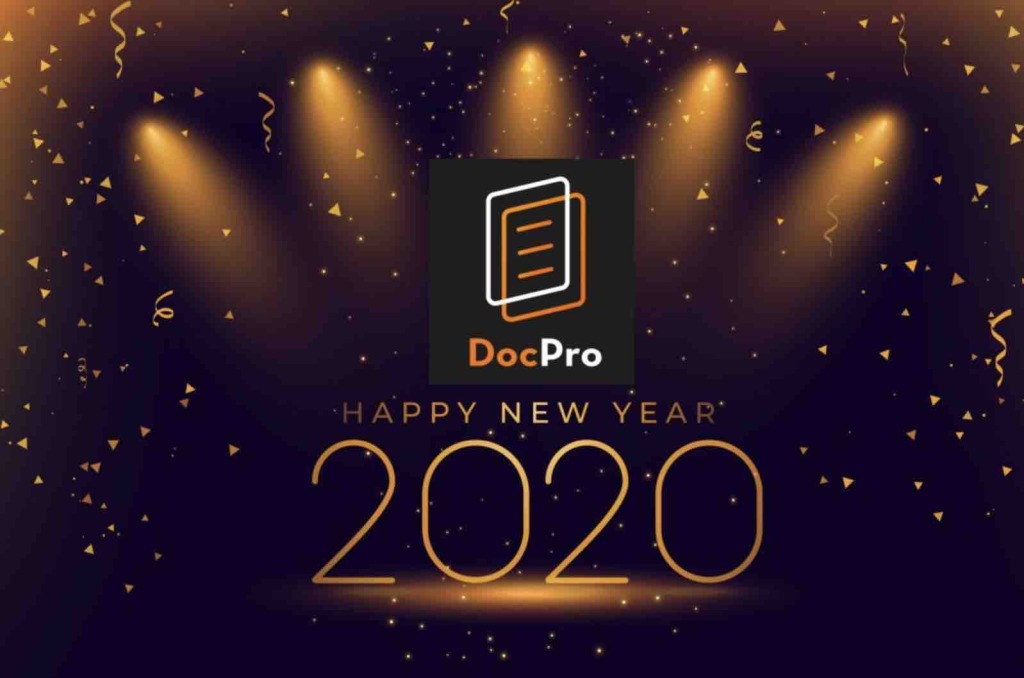
1 Jan 2020
1 min read

10 Dec 2019
7 min read

26 Nov 2019
8 min read

5 Nov 2019
5 min read

24 Oct 2019
3 min read

1 Oct 2019
1 min read

1 Oct 2019
1 min read
